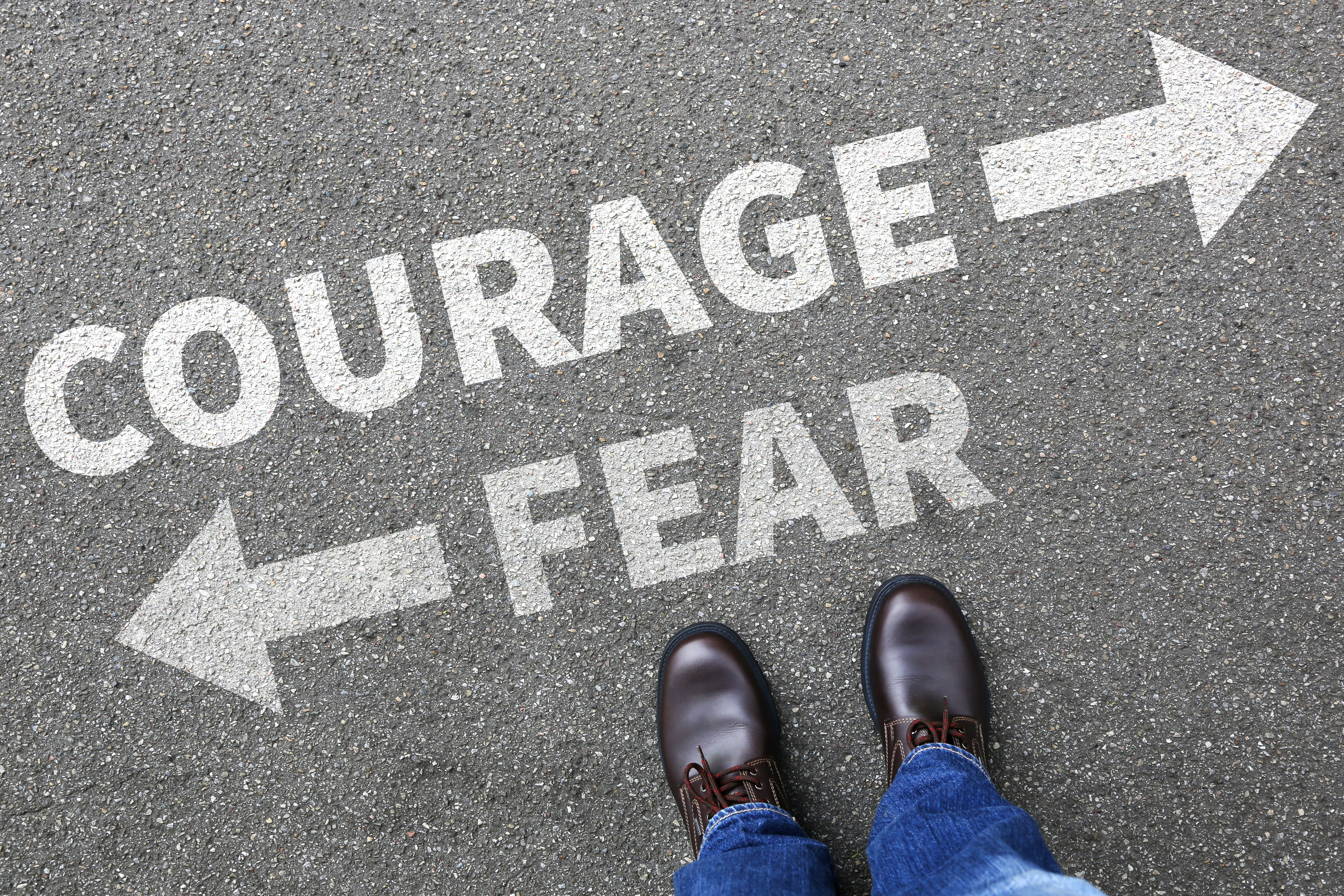We’ve entered week four of the greatest leadership challenge in a century. The COVID-19 health emergency has escalated; people are displaced, isolated and frightened; the economy is in shambles—and at the same time, business leaders must make sure their people and organizations remain productive. Here are five key practices to lead through this level of disruption.
What’s Needed From Business Leaders
The most important responsibility of a business leader is to provide his or her people with whatever they need to be productive and successful. That’s true whether you’re leading a team of five, 50, 500 or more. The best organizational leaders take a broad view of this remit, and that’s especially important right now.
COVID-19 has delivered a “perfect storm” of disruption. It’s a completely unexpected event of enormous scale. It’s caused a cascade of disruptions that have progressed with overwhelming speed. It’s impacting virtually every aspect of daily life. And, there is a high degree of uncertainty about the future, which has caused enormous emotional disturbance and fear.
The ability of leaders to guide their people through this storm—to provide their people with what they need to be productive and successful amid these unprecedented circumstances—will make or break their organizations in the coming months.
Five Key Practices for Leading Through Disruption
Here are five key practices all leaders can adopt right now (no matter what the size of their organizations) to navigate toward the best possible outcomes for their companies:
1) First, lead with empathy and compassion. We haven’t seen this kind of disruption in more than a generation, not since the influenza epidemic of 1918. People are naturally worried about things that go far beyond work: Will I get sick? Will my family be safe? How can I take care of my elderly parents who live far away? The first step in leadership is recognizing the human struggle. It’s a time to demonstrate genuine care for your people—show that you see them as human beings, not just job functions. Before anything else, make the time to check-in and lend support, even if all you can do is provide a compassionate ear. Leaders who can demonstrate genuine empathy and compassion establish credibility, and that credibility is the foundation for everything else you’ll need to do.
2) Establish a sense of realistic confidence. When so much in our day-to-day lives is upended, it’s easy to become overwhelmed. People rely on their leaders to instill a sense of confidence so that they can, indeed, get through this. However, it cannot be empty confidence. In order to be credible, that confidence must also be bound by a recognition of reality. Communicate your faith in your team’s ability, acknowledge the reality of difficulty ahead and explain why you have confidence that your team will prevail.
3) Provide an “oasis” of normality by leaning into your mission. Our work provides much more than material need, i.e., a paycheck. When we’re at our best, our jobs also provide a sense of purpose, direction and stability. During times of extreme disruption, the link to purpose, direction and stability is exactly what gets broken. Leaders can help by re-establishing the link, at least in the workplace. This is the time to remind your employees of your mission, your reason for being, and why the work you do is important. It’s also critical to make sure everyone in your organization understands his or her role in achieving the overall mission, whatever their role may be. You cannot address all the life challenges your employees may be struggling with, but you can provide an oasis of normality—of purpose, direction and stability—in the work environment.
4) Foster “out-of-the-box” thinking. The situation we’re in right now is unprecedented. So, the solutions we require will defy conventional thinking. This is a time for leaders to foster a culture of “out-of-the-box” thinking (i.e., thinking that defies convention) and to encourage creative ideas. Here’s one example I just saw: Best Buy has revamped its retail sales process in response to COVID-19. Best Buy stores will be closed to customers. But, the company is still in business and providing income for retail employees. Customers can order online and pick up merchandise curbside at retail locations, handed to them by a Best Buy employee but with no person-to-person contact. This novel approach also includes compassion and empathy for employees. Store employees are given the option to take time off with full pay and are required to stay home (with full pay) if they are ill. Those who volunteer to work in this new format are paid a premium over their normal salary. What out-of-the-box ideas are available to your organization? How can you encourage employees at all levels to seize this moment to bring their creative ideas forward?
5) Be a role model of emotional stability and courage. In many ways, this is the most difficult leadership challenge of all. That’s because it requires leaders to transcend their own fears for the benefit of their people. The level of uncertainty we now face has sparked tremendous emotional unrest. That’s natural, but it’s a luxury that leaders can’t indulge in, at least not in front of their subordinates. People look to leaders for clues about how to respond when under duress, and they emulate those behaviors. Take whatever time you need for your own emotional well-being, and leverage your support networks, but do it in private. It is never productive to have a leader who appears to be struggling or emotionally out of control. Be thoughtful with your words and actions, carefully manage your messages, and always set an example of stability and courage.


